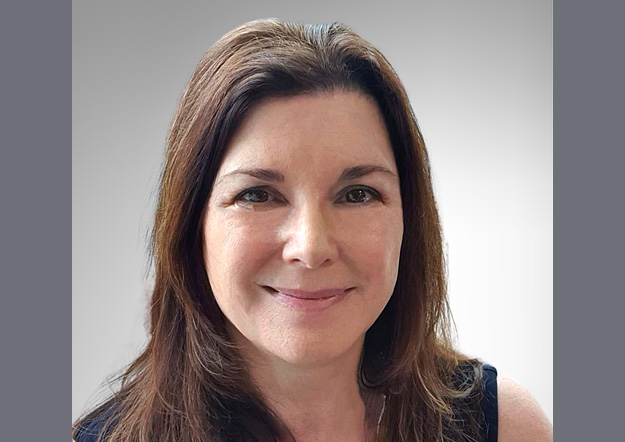
Lynnette Terrett, Spatial Technologies Director, RapidMap
In our annual Leaders Forum, we ask experts to look ahead into 2023. Today we talk vision with Lyn Terrett.
Lynnette Terrett has been a prolific contributor to the geospatial industry for more than 30 years, having held directorships with organisations such as National Geographic, SIBA and CSQC, and senior committee positions with the Survey Taskforce and Destination Spatial.
Is the geospatial sector in good shape to help solve the needs of the nation, e.g. climate change, renewable energy, infrastructure projects?
We’ve always been central to helping people connect with data to make better decisions. But are we getting the investment we need? I don’t think we are. Even though governments are investing in digital twins and other such programs — big picture stuff — do they render real benefits?
I think the challenge we have is that people don’t understand the value we can bring and therefore the investment is not there, whether that’s from government or private equity firms. Could we be playing a bigger role? Yes we could. Australia is only a location, it’s not a market. What we should be doing is having a bigger vision for how we can help the entire world, whether it’s ecosystems, climate change, or disaster response and relief.
What are the most important challenges facing the sector?
Our sector is known by too many different surveying and spatial names. For as long as we continue to be fragmented — sending mixed messages to government, the market and the community — we will run the risk of remaining invisible. This lack of awareness leaves us vulnerable to losing the opportunity to attract and train the next generation of skilled practitioners, and it dilutes our growth and investment potential. Consolidation, or at least improved collaboration across different associations, will help us to be recognised and respected as a legitimate industry sector.
Which technologies or innovations are going to make their mark in 2023?
Exciting times are ahead! There are so many new spatial technologies to choose from, however one of my favourites is SouthPAN. This free GNSS differential correction service will revolutionise data capture in the field and dramatically increase spatial accuracy. Combining SouthPAN with GNSS receivers will achieve exceptional positional accuracy in order to, for instance, advance AI feature extraction for Earth observation projects, and it will help us to improve digital twin data sets and infrastructure networks.
What’s on your wish list for 2023?
More investment to support the growth of Australian spatial technology businesses. We have an opportunity to be a hub of spatial excellence and provide amazing solutions to the worldwide marketplace, in addition to being a major player in the Australian economy. Investment in the space industry has shown how rapidly a sector can grow and innovate and lead the world.
What are your customers and collaborators looking for in 2023?
Working remotely during COVID has shown that data needs to flow more effectively between people in order to service internal and external stakeholders. Cybersecurity is also high on the agenda. Data security is critical and the need to be able to provide your customer a safe and secure model for engagement is essential.
Investment in digital twins will make organisations more responsible for data accuracy, as many of them currently don’t know how to correct the errors associated with subsurface asset networks.
Smart sensors will help to monitor remote locations. RPAS could be used in better ways to manage large landscapes. AI and ML are hot areas to streamline feature extraction. And many organisations will need to work closely with partners and customers to fill the skills gap.
What are your company’s plans or priorities for 2023?
We have established a foundation of ISO 27001 and Data/Cybersecurity so that we can continue our investment in R&D to help organisations streamline the flow of data from the field to the office. We want to help utilities, forestry, cultural heritage, mining, environmental and many other organisations select the right GNSS equipment with survey grade software, and train and support them to streamline their GIS data-capture operations. And an internship program to help bring more people into our industry, along with succession planning and potential investment to support growth into new markets.
This article was first published in Issue 116 (Dec/Jan 2022-23) of Position magazine.
Stay up to date by getting stories like this delivered to your inbox.
Sign up to receive our free weekly Spatial Source newsletter.







